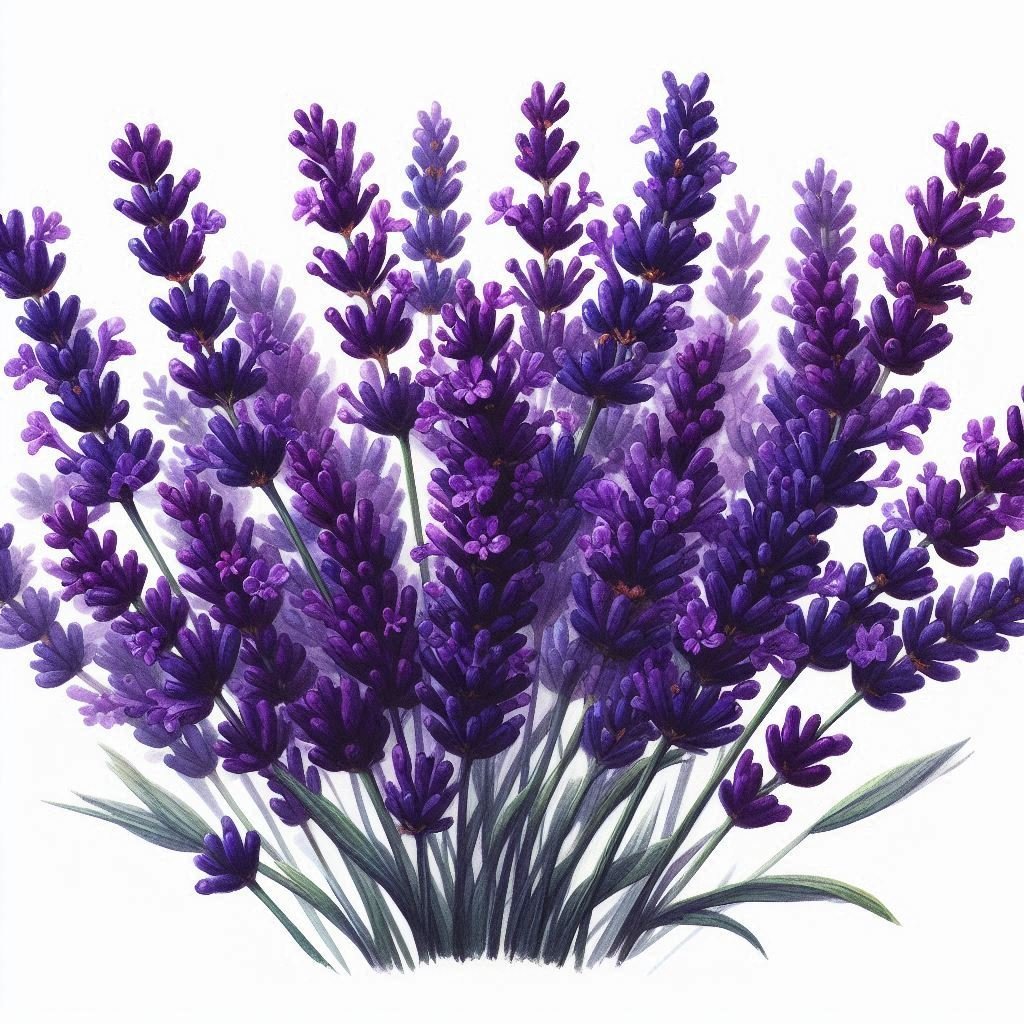Lavender Unveiled: Science, Scent, and Soothing Secrets
The Olfactory Enigma of Lavender: A Closer Look at a Fragrant Herb
Under the calm Californian night sky, we turn our attention to a plant that has captivated both artists and scientists for centuries—lavender, or Lavandula. Part of the mint family (Lamiaceae), this aromatic genus includes various species of shrubs known not only for their beauty but also for their complex chemistry and potential health benefits. In this article, we’ll explore what makes lavender so special—from its scent to its possible medical uses.
The Chemistry Behind the Aroma
Lavender’s signature fragrance comes from a mix of volatile organic compounds (VOCs) that are stored in tiny glandular structures on its leaves and flowers. Scientists use a method called gas chromatography-mass spectrometry (GC-MS) to study this mix, revealing a variety of aromatic molecules.
Two of the main players are:
- Linalool – a floral, slightly spicy compound
- Linalyl acetate – its sweet-smelling ester form
The exact scent of lavender can change depending on several factors: the specific species, the cultivar, growing conditions, climate, and even the time of harvest. For example:
- Lavandula angustifolia (often called “true lavender”) typically has a higher level of linalyl acetate, giving it a sweeter and more relaxing scent.
- Lavandula latifolia (or “spike lavender”) tends to contain more camphor, which gives it a sharper, more medicinal aroma.
Scientists continue to study how these differences in chemical composition relate to the plant’s biological effects.
Health Benefits: More Than Just a Pleasant Smell
Lavender has a long history of use in traditional medicine—from easing stress to treating wounds. In recent years, research has started to explore the science behind these uses. Here are a few key areas of study:
Calming the Mind
Compounds like linalool and linalyl acetate appear to affect the brain’s chemical messaging systems, including those involving GABA, a neurotransmitter linked to relaxation. Some studies using electroencephalograms (EEGs) suggest that inhaling lavender essential oil may increase alpha wave activity, which is associated with a calm, relaxed mental state. However, more research is needed to fully understand this effect.
Fighting Germs
Lavender essential oil has shown antibacterial and antifungal activity in lab studies. Its compounds can interact with the membranes of harmful microbes, disrupting their structure and function. Early research also hints at possible antiviral effects, but more evidence is needed before drawing strong conclusions—especially in clinical settings.
Reducing Inflammation and Pain
Some components of lavender, such as linalool and β-caryophyllene, may help lower inflammation by affecting the release of signaling molecules called cytokines. In both lab and early clinical studies, applying lavender oil to the skin has helped reduce pain and soothe irritated areas.
Antioxidant Properties
Lavender extracts contain phenolic compounds, which have antioxidant effects. These substances can help neutralize harmful molecules called free radicals, protecting cells from oxidative stress.
Growing and Extracting Lavender: Science Meets Sustainability
The chemical makeup of lavender oil can be influenced by many environmental and farming factors—like soil type, how much water the plants receive, when they’re harvested, and how they’re dried. To extract the valuable oils, producers use several methods, including:
- Steam distillation (most common)
- Hydrodistillation
- Solvent extraction
- Supercritical CO₂ extraction – a newer, eco-friendly method being explored for higher purity and lower environmental impact
Understanding how each method affects the quality and potency of the final oil is key to improving both scientific research and commercial use.
Lavender is more than just a pretty purple flower—it’s a botanical powerhouse with a rich chemical profile and promising potential in health, skincare, and beyond. Its journey from folk remedy to scientific subject shows how traditional knowledge and modern research can come together to deepen our understanding of nature. Whether you’re a researcher, herbalist, or simply a lover of soothing scents, lavender offers a fragrant reminder of the complexity and beauty of the natural world.
© Filip V [GGC], April 2025.







